NIL
UConn routs UCLA, advances to national championship
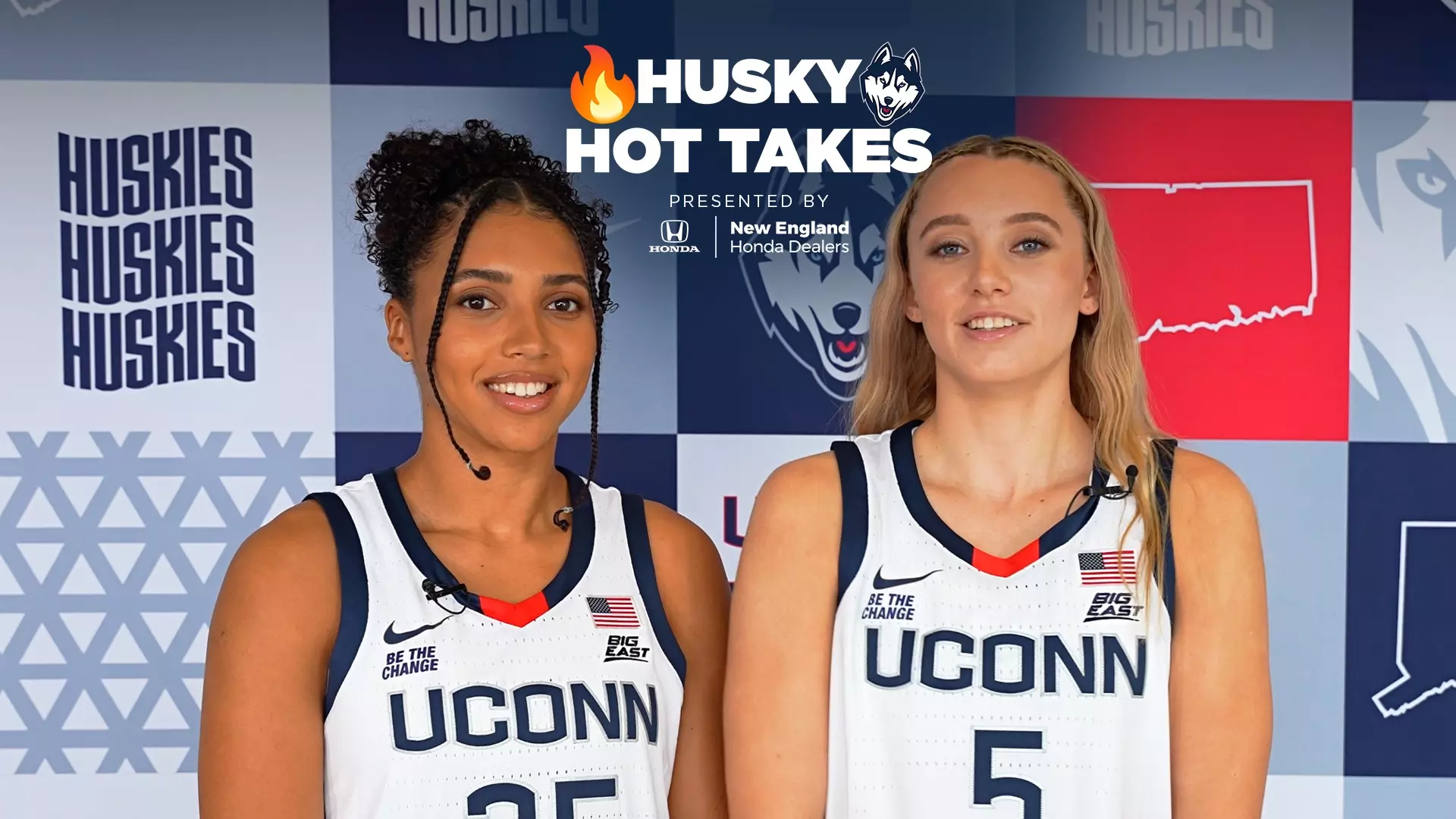


UConn star guard Paige Bueckers credited the entire UConn team for a strong defensive effort against UCLA, especially against Lauren Betts.
“(Betts) draws so much attention, they did a tremendous job on her,” Bueckers said in a postgame interview on ESPN. “They did a wonderful job in the paint. It was a full team effort.”
Bueckers praised Sarah Strong, who led the Huskies with 22 points.
“It’s rewarding, it’s so much fun to play with her and see the joy in her,” Bueckers said. “For her to perform at this stage, it means everything to us.”
UConn will now prepare for Sunday’s showdown with South Carolina, a team they beat 87-58 back in February. However Bueckers isn’t using the Huskies’ past success as confidence for this matchup.
“You can’t really use that game as an example of what will happen this time around,” Bueckers said. “The record is 0-0 and both teams are trying to go 1-0 and win the national championship. (South Carolina) are a good team, they get in transition, and they have good guard play. It’s going to be a tough game.”
NIL
Nike announces long-term extension with SEC powerhouse amid college football season
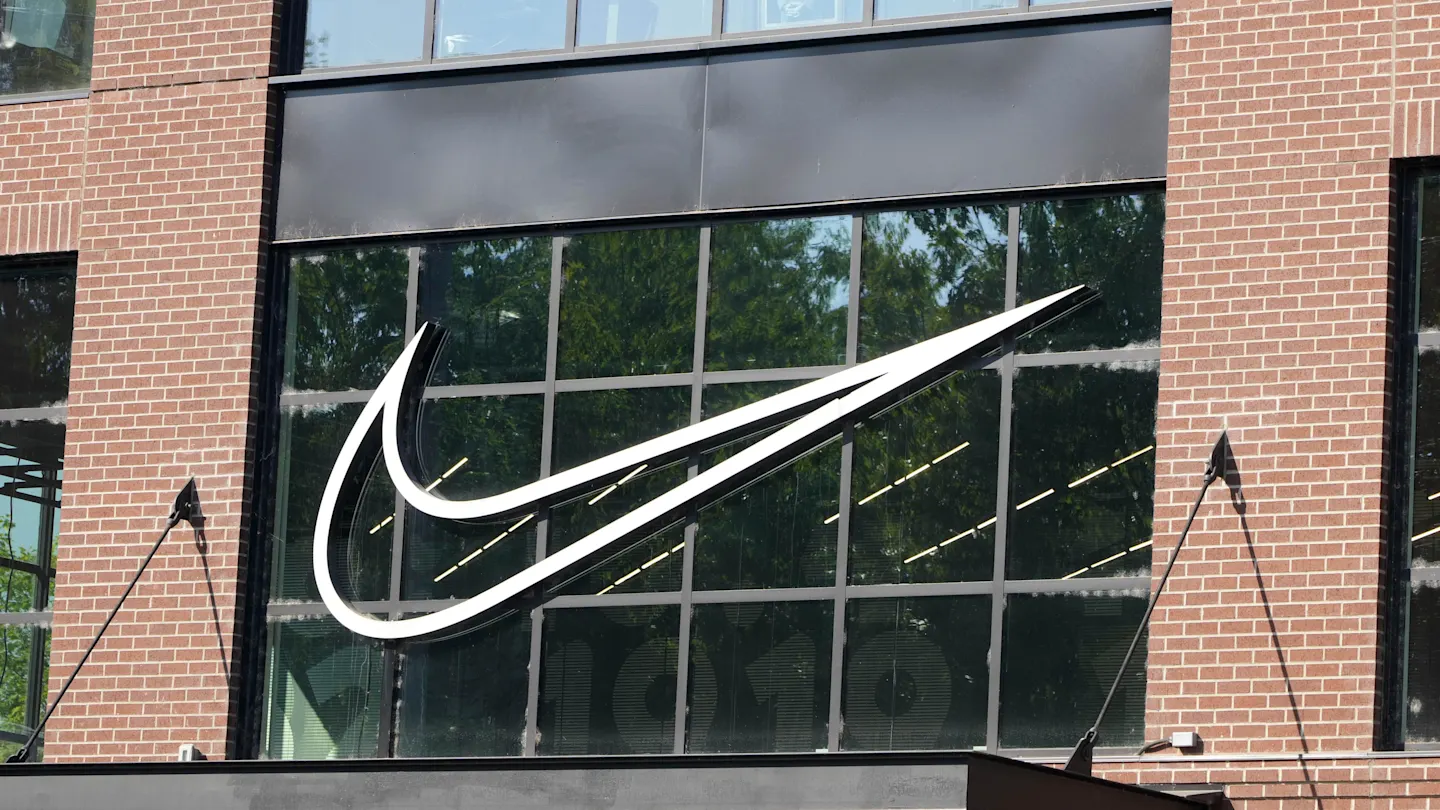
Athletic apparel giant Nike has a significant toehold in the world of collegiate sports. It’s a situation that doesn’t seem to be going anywhere soon, with an extension between the brand and one of the SEC’s most powerful athletic programs. But even for Nike, keeping up in the modern era requires some new techniques.
New Blue Ribbon Elite NIL program
Nike announced the inception of tis Blue Ribbon Elite NIL program. Similar programs have been established at schools like Tennessee and Penn State with adidas. While the details are somewhat scant, the ideas of the program are that the brand will essentially function as a middleman to connect athletes with endorsement opportunities.
Nike extends relationship with LSU
LSU is the program with which Nike has extended its relationship. The new contract will keep the Tigers and the brand aligned through 2036. Nike has long been affiliated with LSU and the University’s all-around athletic excellence has probably done nothing to weaken that relationship.
Tiger Football and the Blue Ribbon Elite Deal
With LSU football preparing for the Texas Bowl against Houston and new head coach Lane Kiffin moving into the program, a pair of football players are part of LSU’s 10-athlete class that brings the Blue Ribbon Elite program into existence. Trey’Dez Green and DJ Pickett are signees of the Blue Ribbon Elite program.
Green is a 6’7″ tight end who has caught 29 passes for 353 yards and five touchdowns this season. The sophomore will have at least one more season of college eligibility before he can potentially enter the NFL Draft. Pickett is a 6’5″ freshman cornerback who has 30 tackles and three interceptions on the season.
LSU’s Broad-Ranged NIL Deal
LSU’s Blue Ribbon Elite signees also include a gymnast, two baseball players, two softball players, a volleyball player, and one men’s and one women’s basketball player. While Nike boasts a total roster of nearly 50 collegiate athletes, the new program is a point of pride for the brand.
“LSU has always been at the forefront of NIL strategy, and as the launchpad for Nike Blue Ribbon Elite, we look forward to working with Nike to offer our student-athletes unrivaled opportunities to capitalize on their brands,” said Tigers athletic director Verge Ausberry.
NIL
Does UAB football have the resources to win? ‘The short answer is yes’
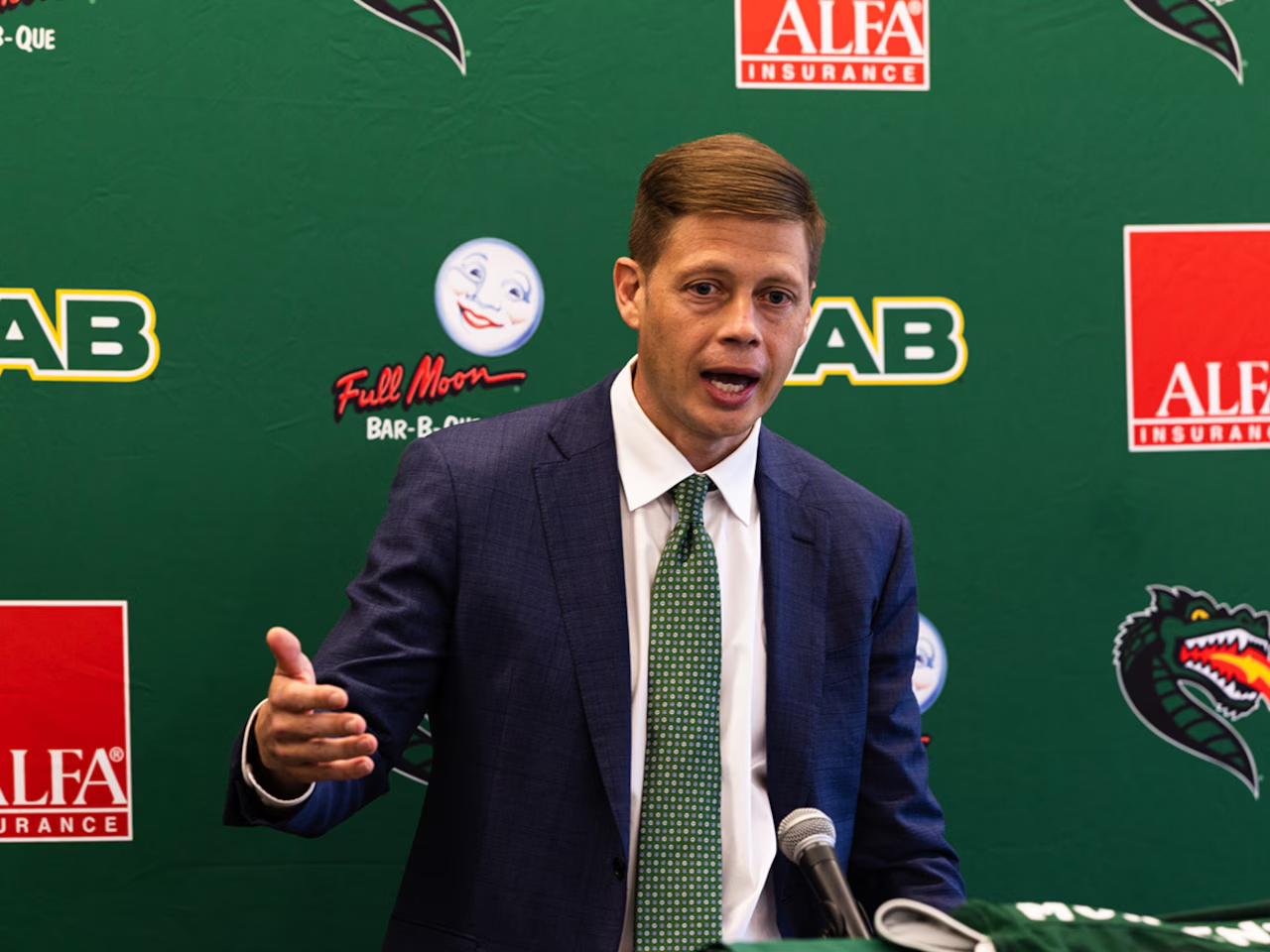
Bill Clark built UAB into a winner, leading the Blazers to 49 wins and five straight bowl appearances following the revival of the football program in 2017. That’s the level of success UAB is trying to return to after failing to win more than four games in each of the past three seasons.
Following a forgettable three-year stint under Trent Dilfer, UAB is now turning to Alex Mortensen to lead the program back to its previous winning ways. But is that possible in college football’s new NIL landscape?
While Clark rose UAB from the ashes, he did so before the days of players earning money through shared revenue and name, image and likeness deals. It’s no secret that UAB’s funding is a fraction of what college football’s elite programs receive. But can the Blazers still build their program back into a winner with their current resources?
“The short answer is yes, we can,” Mortensen said when asked if he can win at UAB during a Thursday appearance on WBRC’s Good Day Alabama.
Mortensen listed recruiting as UAB’s biggest advantage, pointing out the strong five-hour radius of talent the Blazers have at their disposal. Before coming to UAB, Mortensen spent nine seasons working as an assistant on Nick Saban’s talent-laden Alabama teams. On the opposite side of the spectrum, he began his coaching career overseeing quarterbacks at New Mexico Highlands, where he was faced with a dearth of local prospects.
“No offense to the state of New Mexico. I coached New Mexico for a year, not a densely populated area,” Mortensen said. “Here we got a lot of people. We got really good football in this area. So I think we can recruit to the school in the area. That helps tremendously. So that’s an advantage that we really wanted to tap into. That’s something we did at Alabama, too.”
Alabama’s football program has a backing that dwarfs the one Mortensen will receive at UAB. However, UAB’s administration has expressed a willingness to extend more resources to the Blazers moving forward.
“I can just tell you that the institution, the administration, the university, they want to make a commitment to help as much as they can, to adapt in this era,” Mortensen said. “And then also you have people in the community that want to donate to our Excellence Fund and help that grow so we can, we can go compete.”
During a private interview with local reporters last week, UAB Director of Athletics Mark Ingram called the administration’s increased monetary commitment “significant” without providing exact figures.
“Well, first of all, having more is always appreciated, and the increase that [UAB president] Dr. [Ray] Watts and I have talked about is really important in a couple of ways,” Ingram said during the interview. “One, the amount of money is significant. And two, it’s him clearly understanding this new unusual challenge that everybody has to deal with. I appreciate his acknowledgement of that challenge. We’ve talked about it probably every year that I’ve been here. How do we compare to everybody else and how does that look and what can we do? Community guys want to participate and so you’re trying to do that. He certainly recognizes the value and what the institution can do as it’s able.”
Mortensen’s first step in rebuilding UAB’s program will be to retain as many of his top players as possible. The Blazers have already seen several key players announce their intention to enter the transfer portal.
UAB players are currently in the midst of a 15-day transfer window that opened up Wednesday, five days after the Blazers officially promoted Mortensen. The NCAA portal will open up for all players from Jan. 2-16.
“I think it’s really important to have really good relationships with your own players,” Mortensen said during his television interview. “You know, it’s always been important, but it’s maybe more important than ever, because you have to recruit them to retain them. And then you also have to be mindful of they have someone else in their ear now. There are agents out there that are going to be talking to them, and they’re going to try to convince them that your coach doesn’t have your best interests at heart and tehy only want you here for our own purposes.
“So there it’s it’s different. It is really different. And so there are some challenges there, and and we do have to recognize that you’re gonna probably get your heart broken some, but what we obviously want to retain as many of our players as we can.”
Despite facing a challenging next few weeks, Mortensen isn’t making any excuses as he looks to resurrect the Blazers in his first season.
“There’s an old saying, ‘Adapt or die,’” Mortensen said. “So we can complain about it and be frustrated, or we can say, let’s figure out how to compete in this new era. And you know, UAB, I have a lot of respect for the stretches of success we’ve had here. But at the same time, we got to recognize that to compete, it can’t just be copy and paste. We have to find how to compete in this new era, and I’m confident we will.”
NIL
Three Transfer Portal Players Dan Lanning Should Add To Oregon Ducks
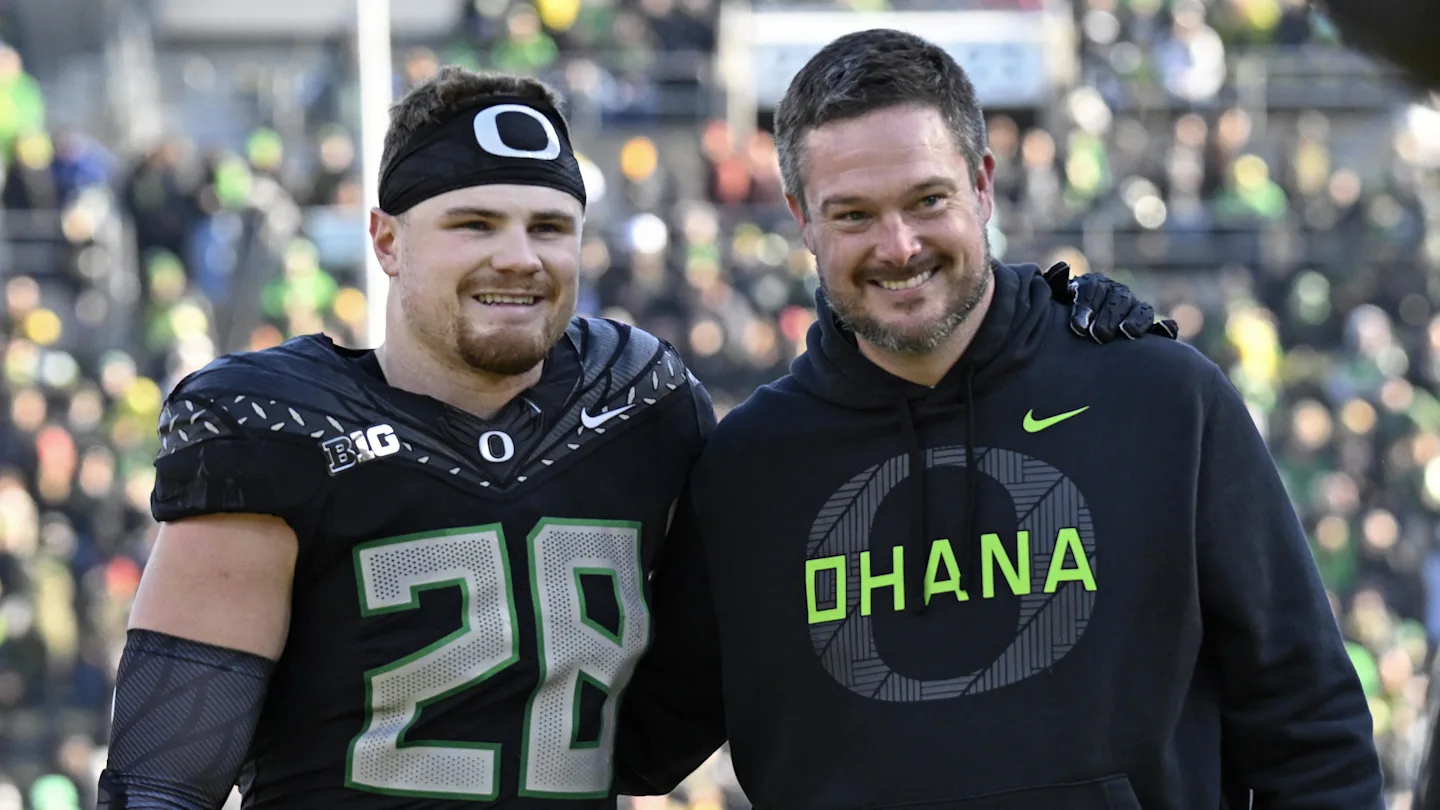
The Oregon Ducks are in the College Football Playoff for a second consecutive season and look to make a run to secure their first national championship in school history. While the Ducks’ main focus is reaching their goal of winning a national title, it’s not too early to look ahead to the offseason and what transfers Oregon may add to their team.
Oregon coach Dan Lanning has found success in past seasons in adding talent to the Ducks roster from the transfer portal. Last season, the Ducks had the No. 5-ranked transfer class, according to 247Sports, with a total of 11 commits.

The Ducks lost several talented players to the NFL Draft last season, and it is expected to be the same case for Oregon this offseason as well. Oregon quarterback Dante Moore and tight end Kenyon Sadiq are among the top stars for the Ducks who are expected to be top selections in the 2026 NFL Draft.
With those key departures set to take place this offseason, here’s a look at some of the top transfer portal players that Lanning and the Ducks could consider going after to add to their roster for the 2026 season.
Khmori House, North Carolina Linebacker

With star linebacker Matayo Uiagalelei set to be a first-round selection in the 2026 NFL Draft and Bryce Boettcher graduating, the Ducks may go after multiple top transfer linebackers this offseason. North Carolina linebacker Khmori House is one of those transfers that the Ducks could potentially consider adding this offseason.
House is ranked as the No. 1 transfer linebacker, per 247Sports, and would be a valuable addition to Oregon’s defense that aims to remain dominant heading into next season. In two seasons with Washington and North Carolina, House has recorded 111 total tackles, two interceptions, and one forced fumble. Adding House to a defense that ranked among the best in the Big Ten and the country would be a massive steal for the Ducks.
Michael Short, Virginia Tech Linebacker

Another top linebacker that the Ducks could land is Michael Short from Virginia Tech. Short is ranked as the No. 2 transfer linebacker, per 247Sports. While it’s not a guarantee that Oregon will add both Short and House, adding one of them would be considered a success for the Ducks.
MORE: Oregon’s Breakout Freshman Emerges As Potential X-Factor For The Playoff
MORE: Why Cleveland Moving On From Dillon Gabriel Could Be a Blessing in Disguise
MORE: Four-Star Safety Makes Recruiting Announcement With Oregon, Alabama, Ohio State
SIGN UP FOR OUR NEWSLETTER HERE!
In two seasons with North Carolina and Virginia Tech, Short collected 45 total tackles and one sack. After playing in five games with the Hookies this season, Short redshirted and was sidelined for the remainder of the season.
Short underwent two coaching changes during his time with the Tar Heels and Hokies. Playing under an experienced coach, Dan Lanning, who has built a great culture with Oregon, makes the Ducks a valuable landing spot for Short.
Tyrell Green, Interior Offensive Lineman
Oregon’s offensive line has played a pivotal role in the success of the Ducks’ offense this season. The group’s protection has allowed quarterback Dante Moore to be efficient and Oregon’s dominant running back trio of Noah Whittington, Jordan Davison, and Dierre Hill Jr. to flourish.
With Iapani Laloulu projected to be drafted in the NFL Draft this offseason, the Ducks may look to add a transfer to their interior offensive line. Purdue interior offensive lineman Tyrell Green is a piece the Ducks could add. Green is ranked as the No. 2 interior offensive lineman transfer, per 247Sports, and would be a great replacement for Laloulu.
The Ducks have seen success with transfers from Purdue before, as they added star defensive back Dillon Thieneman from the Boilermakers this season. Oregon looks to find success once again with a top player for the Boilermakers this go around.
Recommended Articles
NIL
Indiana NIL collective takes pathetic shot at Ohio State football with new shirts
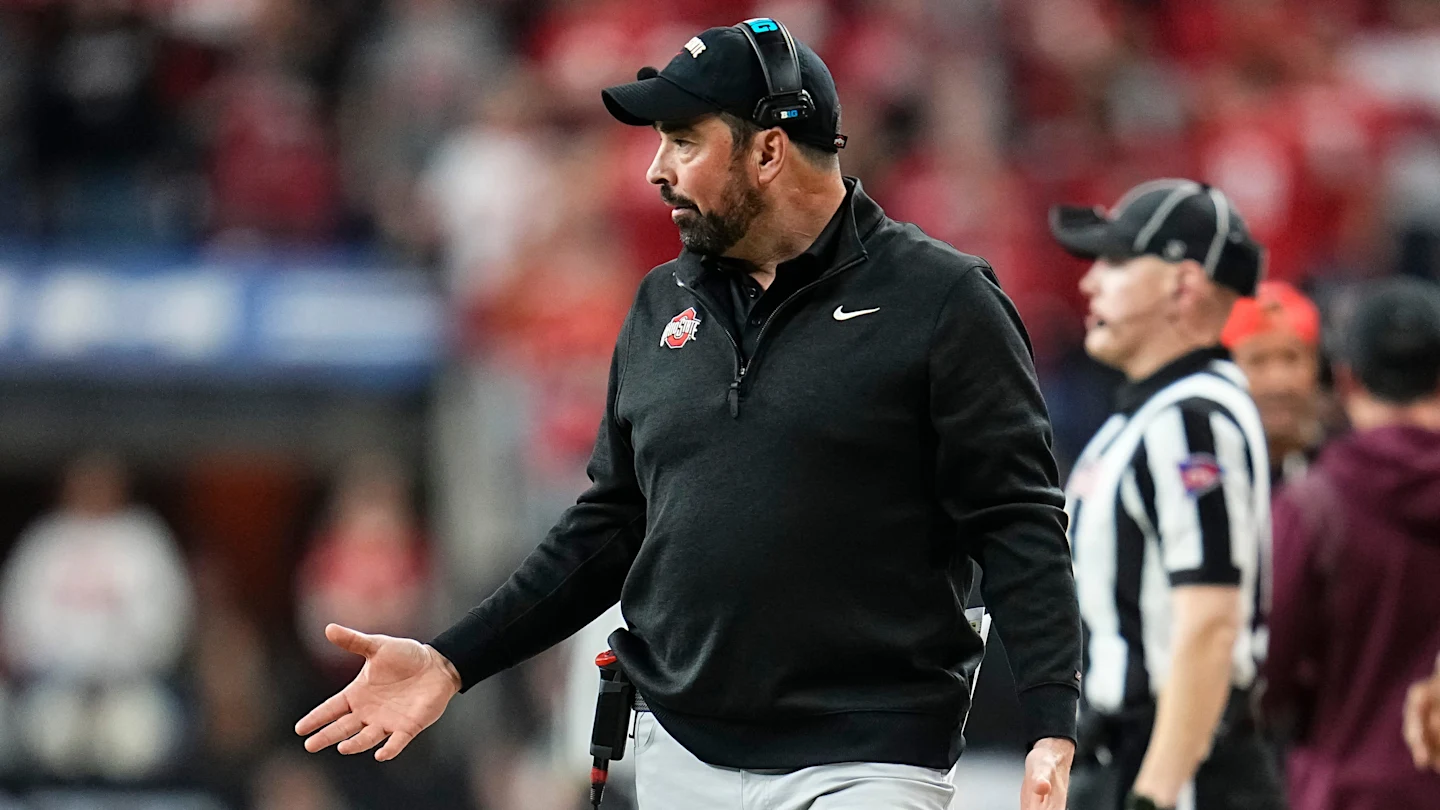
The Indiana Hoosiers, at this point, have won their Super Bowl by taking down Ohio State in the Big Ten title game, but the Buckeyes know that while a Big Ten title was a goal, there is a bigger game ahead. While the Buckeyes would have loved to win the Big Ten Championship, a National Championship win is the ultimate goal.
Since beating the Buckeyes, Indiana has certainly taken every opportunity to rub the win in Ohio State’s face, including making shirts and selling them for NIL money. After the win, quarterback Fernando Mendoza uttered the phrase ‘flippin’ champs,’ and when Curt Cignetti spoke to the Hoosier faithful for the first time after being hired, he also had a memorable quote.
“Purdue sucks,” Cignetti said. “But so do Michigan and Ohio State.”
While Ohio State fans will agree with the Michigan part, the fact that they are now selling shirts with those quotes on them just seems like a pathetic attempt to troll Ohio State.
Reminder to flippin’ support NIL ;)https://t.co/oH7oL4KitU pic.twitter.com/yAcgJaDgAc
— Hoosiers Connect (@HoosiersConnect) December 10, 2025
Ohio State knows a bigger game is ahead of them
As stated earlier, of course, Ohio State would have wanted to win the Big Ten Championship, but sometimes suffering a loss can help teams go forward. Last season, while the Buckeyes never wanted to lose to Michigan, that loss helped fuel the team in the College Football Playoff and to a National Championship win.
Indiana is riding high right now, but they now have to bring themselves back down to Earth and get ready for the CFP. Last season, all of the one-seed teams lost in their first matchups after the bye, and some of those could very well happen again this season.
Ohio State knows that it needs to be in the right mindset going into the CFP with a target on its back as the reigning champions. A loss can put things into perspective for teams and show what needs to be worked on.
NIL
Why Michigan’s coaching search instantly becomes a race against time
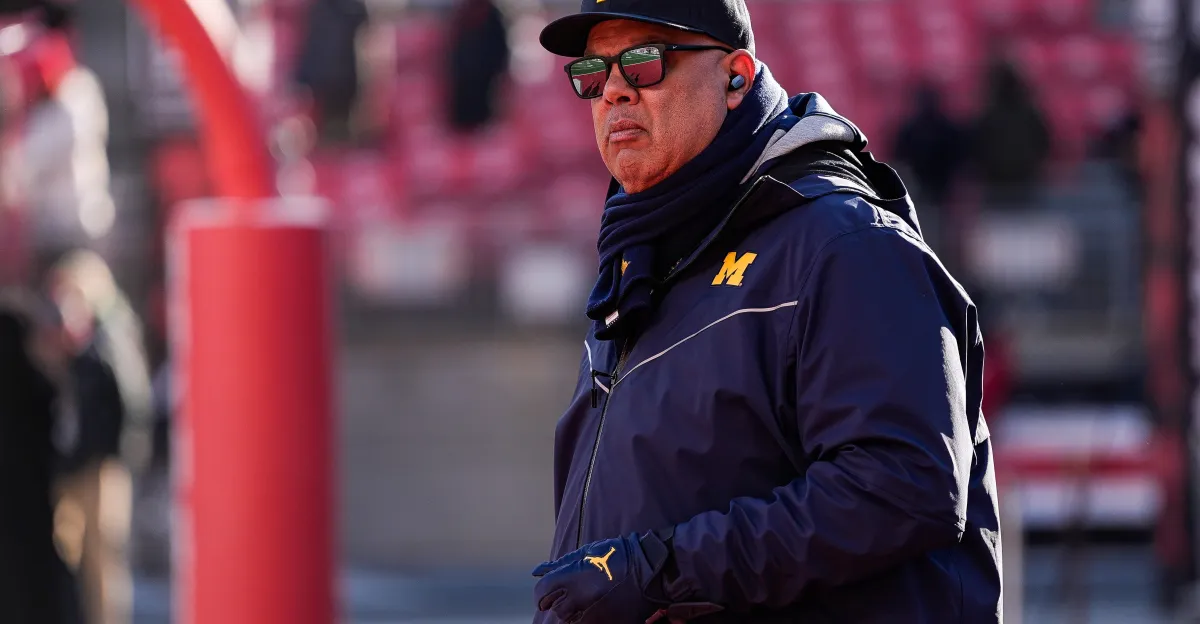
The Michigan football program could not have found itself in a more disruptive moment to deal with a full-blown coaching crisis. The abrupt firing of head coach Sherrone Moore has thrown the program into instability at the exact point of the year when college football programs need to be the most organized.
The unfortunate truth to all of this (from just a college football standpoint) is Moore’s dismissal doesn’t just create a leadership vacuum — it collides directly with the most delicate stretch of the college football calendar. The transfer portal’s primary window opens on Jan. 2 and only lasts two weeks, and Michigan enters that period without a permanent coach to reassure players, guide roster plans, or engage in the backchannel relationships that define portal recruiting in today’s landscape.
More critically, NCAA rules will inevitably trigger a 15-day transfer window for all current Michigan players once a new hire is announced. This means the Wolverines are facing the possibility of back-to-back waves of player movement if the search stretches too long. In other words: interested programs will be ready to pounce, quickly and legally, once those windows open.
Behind-the-scenes portal work and early NIL discussions are also assuredly starting to take place. Without a head coach, Michigan will have a hell of a time participating in this process competitively. Every day without clarity is a day where other programs strengthen their position with some of the nation’s top available prospects while the Wolverines continue to catch up.
The timing is equally damaging on the recruiting front. Michigan’s 2026 recruiting class, ranked 11th nationally per 247Sports, is already in jeopardy. Under NCAA rules, recruits who signed their National Letters of Intent may now request releases due to the coaching change, including prospects like five-star running back Savion Hiter and five-star edge rusher Carter Meadows.
Still, Michigan has one crucial advantage: its brand power. The Wolverines remain one of the biggest names in college football with national reach, a strong NIL infrastructure, top-tier facilities and a track record of producing NFL talent. That prestige will keep some players and recruits interested in what the next move is, but the Block M alone cannot hold the roster together indefinitely. Stability needs to follow, and quickly.
Familiar names like Washington head coach Jedd Fisch or Los Angeles Chargers defensive coordinator Jesse Minter would bring ties to the program and a built-in understanding of its culture. Others like Kalen DeBoer, Clark Lea and Kenny Dillingham represent more ambitious swings outside of the traditional Michigan hire.
Everything that happens next will shape the foreseeable future of Michigan football. The recruiting class is vulnerable, the roster is undoubtedly tired of the drama, the transfer portal is around the corner, and the internal 15-day portal window will open shortly after a new head coach is hired. Every day without a leader increases the chances of losing players, recruits, staff and momentum.
Michigan is officially on the clock.
NIL
Gear up for the Texas A&M Aggies in the 2025 College Football Playoff
Updated Dec. 11, 2025, 6:26 p.m. ET
It’s the best time of year to be a college football fan. After another chaotic season, the field for the 12-team College Football Playoff has been set, and in just a few short weeks we’ll be crowning a new national champion.
Indiana, Ohio State, Georgia, Texas A&M, Texas Tech, Alabama, Oklahoma, Tulane, Ole Miss, Miami (Fla.), Oregon and James Madison are the final teams standing. Whether you’re a lifelong Aggies fan, or just jumping on the bandwagon this year, we’ve got plenty of ways to gear up for the postseason. Here’s everything you need to cheer on Texas A&M throughout the College Football Playoff.
Related:How to buy tickets for every College Football Playoffs game
Texas A&M vs. Miami CFP tickets

Texas A&M Aggies adidas NIL Pick-A-Player Replica Football Jersey – Maroon

Texas A&M Aggies adidas NIL Pick-A-Player Replica Football Jersey – Maroon
Show Aggies pride in this game day ready adidas jersey. It has heat-sealed name, numbers and team details. Shop at Fanatics
Lucchese’s The Olsen

Lucchese’s The Olsen
This pair honors Texas A&M’s baseball history, named after their iconic baseball field. Shop at Lucchese
Texas A&M Aggies YETI Roadie 32 Wheeled Cooler

Texas A+M Aggies YETI Roadie 32 Wheeled Cooler
The Roadie 32 Wheeled Cooler is easy to maneuver, durable and fits in a small trunk, making it ready to navigate tailgate crowds. Shop at Fanatics
Dooney & Bourke Collegiate Texas A&M Belt Bag

Dooney + Bourke Collegiate Texas A+M Belt Bag
This belt bag has one inside zip pocket, two inside credit card slots and an inside key hook. Shop at Dooney & Bourke
Shop more College Football Playoff deals for Aggies fans
-

 Rec Sports3 weeks ago
Rec Sports3 weeks agoFirst Tee Winter Registration is open
-

 Rec Sports2 weeks ago
Rec Sports2 weeks agoFargo girl, 13, dies after collapsing during school basketball game – Grand Forks Herald
-

 Motorsports2 weeks ago
Motorsports2 weeks agoCPG Brands Like Allegra Are Betting on F1 for the First Time
-

 Motorsports3 weeks ago
Motorsports3 weeks agoF1 Las Vegas: Verstappen win, Norris and Piastri DQ tighten 2025 title fight
-

 Sports2 weeks ago
Sports2 weeks agoTwo Pro Volleyball Leagues Serve Up Plans for Minnesota Teams
-

 Sports2 weeks ago
Sports2 weeks agoUtah State Announces 2025-26 Indoor Track & Field Schedule
-

 Sports2 weeks ago
Sports2 weeks agoSycamores unveil 2026 track and field schedule
-

 Motorsports2 weeks ago
Motorsports2 weeks agoRedemption Means First Pro Stock World Championship for Dallas Glenn
-

 Motorsports2 weeks ago
Motorsports2 weeks agoJo Shimoda Undergoes Back Surgery
-

 Sports2 weeks ago
Sports2 weeks agoTexas volleyball vs Kentucky game score: Live SEC tournament updates
























































